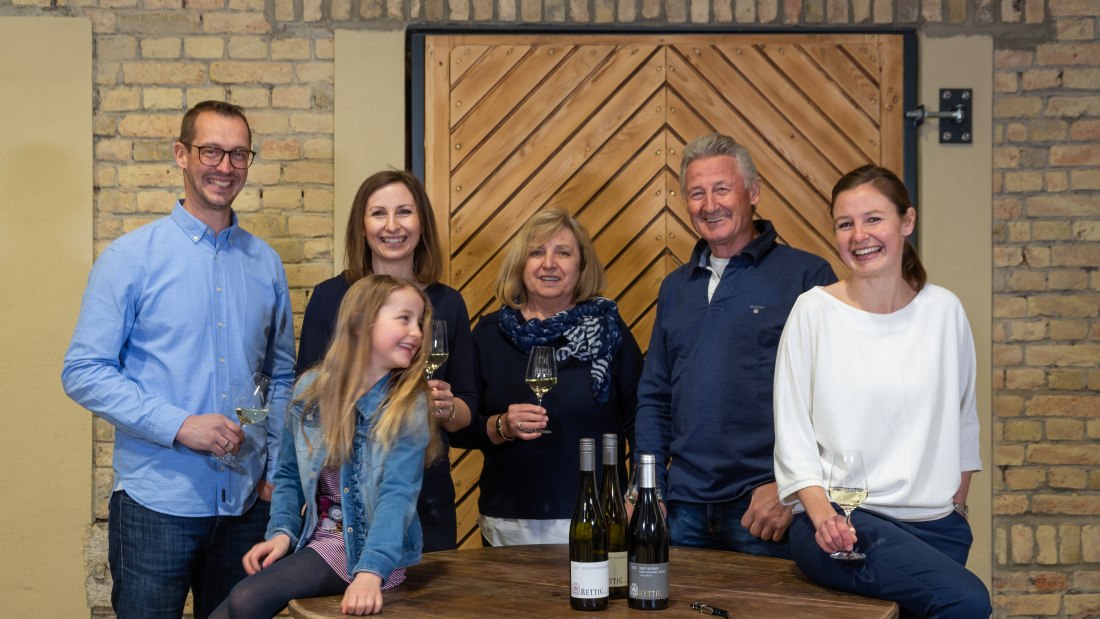
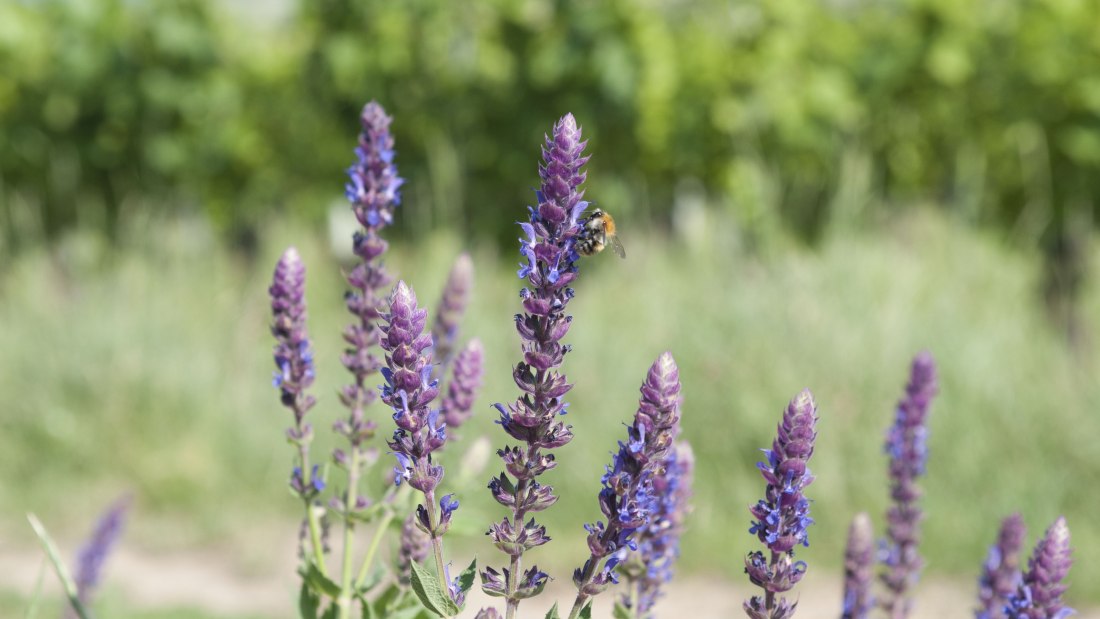
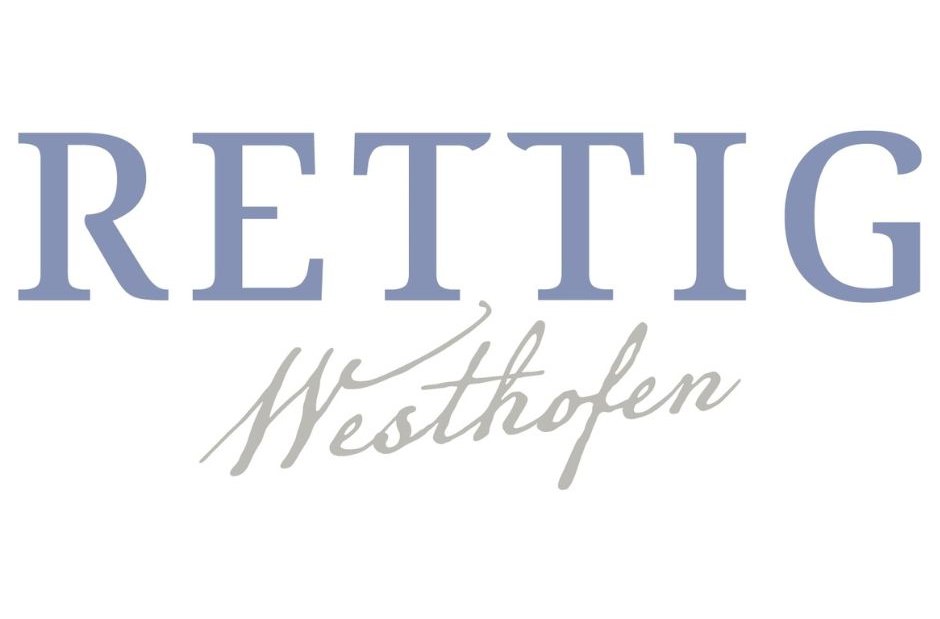





Weingut Rettig
Katja Rettig
Gundheimer Straße 1
67593 Westhofen

World famous and rich in stone
A bog (German: Moor) in Rheinhessen? Certainly not. The site was first mentioned in a document in 1282 with the name "in loco marstein" in a deed of donation to the Cistercian monastery of Otterberg (Pfalz) and can be interpreted as a "marker stone". In other words, it is a boundary stone or a landmark. It is indeed stony here: one stone found during clearing weighed up to 3.2 tons. In the upper soil layer, there are clay marl soils with limestone inclusions, and massive limestone rock underneath. Mineral Rieslings and Pinot Noirs bring world fame to the Westhofen winemakers. There are also plenty of vineyard cottages here, like the “Wingertshäusje Kommandozentrale".
> From Wingertshäuschen to Wingertshäuschen: https://www.rheinhessen.de/wingertsheisje-wanderweg
> To the other single vineyard sites of Westhofen: Aulerde, Brunnenhäuschen, Kirchspiel and Steingrube
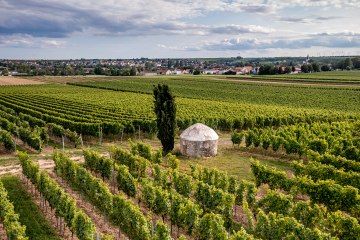
Once clay for potters, today premium wines for connoisseurs
Once again the Middle High German: "Ule" means pot. The site was first mentioned in a document in 1382 with the name "an Ule erden". Why pot? Because potters found clay there. Today, the clay marl should stay where it is. And that is below the vines! Just as well as loess and limestone. Top Rieslings grow here: ripe aromas and fine exoticism on the nose; creamy and opulent on the palate. Due to the southern exposure, the grapes ripen early. Hikers enjoy the multitude of vineyard houses.
> From Wingertshäuschen to Wingertshäuschen: https://www.rheinhessen.de/wingertsheisje-wanderweg
> In 1834, winegrowing pioneer J.P. Bronner described the Aulerde and the Kirchspiel as the best vineyards in Westhofen. https://www.vdp.de/de/die-weine/weinbergonline/lage/8079-kirchspiel#map-inline-target
> Rheinhessen blog: https://blog.rheinhessen.de/wanderbericht-westhofener-wingertsheisjerweg-rebenmeer-kommandozentrale-und-ein-liebesnest/
> To the other single vineyard sites of Westhofen: Brunnenhäuschen, Kirchspiel, Morstein and Steingrube
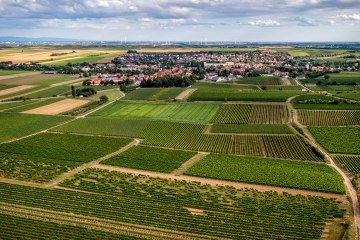
Once a quarry, today a vineyard
The single vineyard "Steingrube" begins directly at the village. It is characterised by limestone rocks with a thin layer of sandy loam. The site was first mentioned in a document in 1295 with the name "dicto stheingrube". The name of the vineyard refers to a quarry, which can still be easily traced today. Mineral Rieslings, but also Chardonnay or Sauvignon Blanc grow here.
> Regional history of Westhofen: https://www.regionalgeschichte.net/rheinhessen/westhofen.html
> The quarry is no longer recognizable. But in Gundersheim, a neighboring village of Westhofen, the former quarry "Rosengarten" offers beautiful walks. Please be sure to follow the rules, nature reserve! https://wonnegau.bund-rlp.de/themen-und-projekte/naturschutzgebiet-kalksteinbrueche-rosengarten/
> To the other individual sites of Westhofen: Aulerde, Brunnenhäuschen, Kirchspiel and Morstein